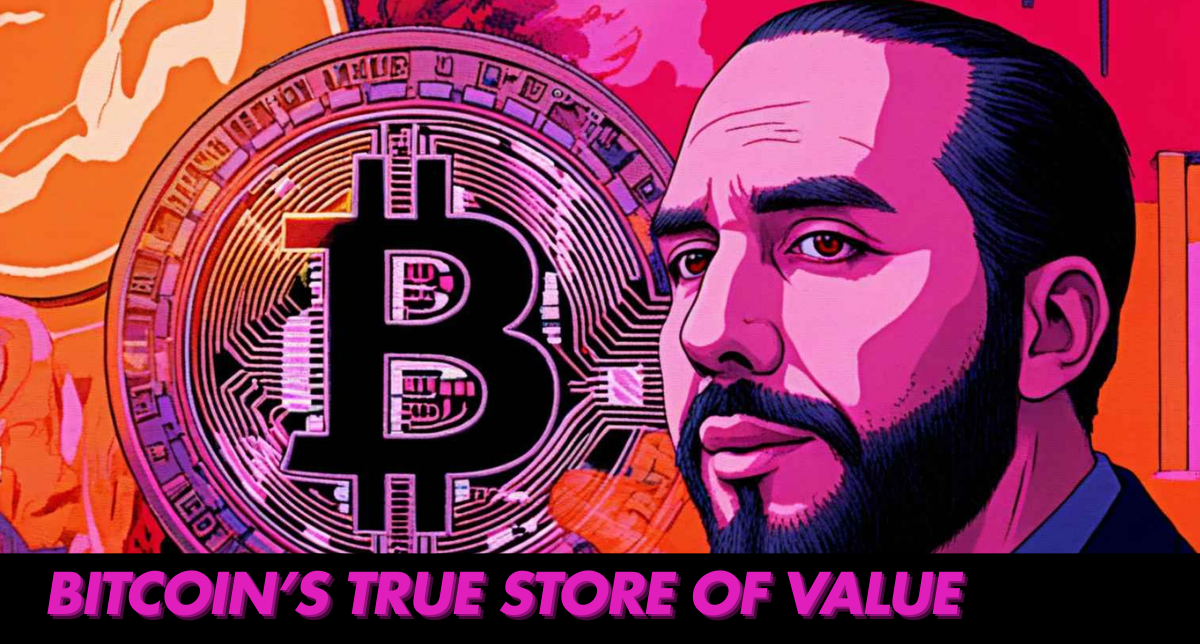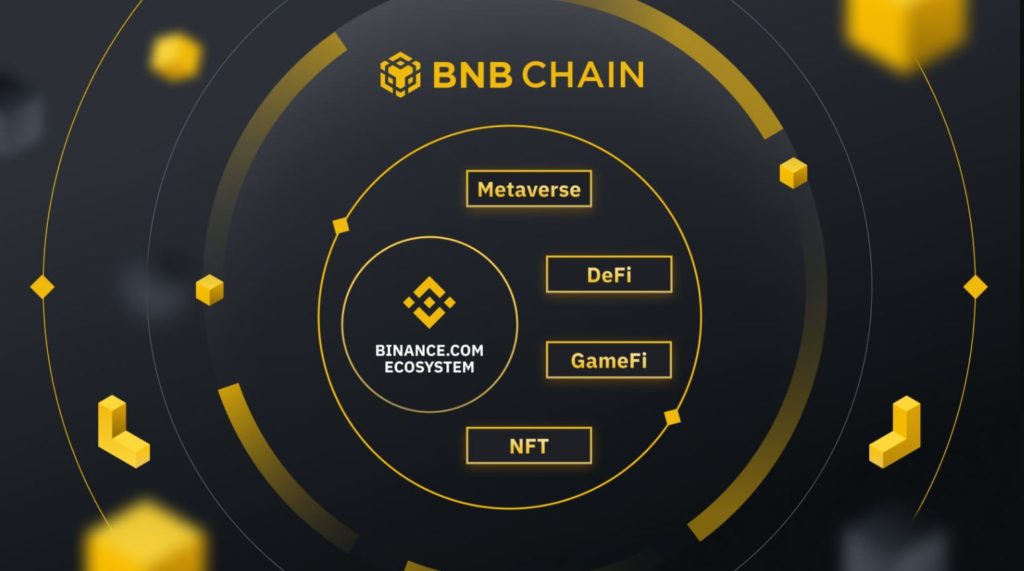Slowly but steadily, El Salvador is making progress toward mass Bitcoin adoption. Despite what skeptics claim, the country’s Bitcoin journey highlights a long-term shift that follows a concept known as the Lindy effect—the idea that the longer something persists, the more likely it is to survive and grow in the future.
A recent survey provided a snapshot of Bitcoin’s usage in El Salvador, but the results left critics, like economist Steve Hanke, declaring the initiative a failure. However, there’s a different way to interpret the data. Beneath the surface, El Salvador’s Bitcoin experiment is far from over—it’s only just beginning.
Survey Results: Bitcoin Adoption Is Just Getting Started
According to the survey, 7.5% of Salvadorans use Bitcoin for transactions, while 92% of the population does not. At first glance, this might sound like a setback for the Bitcoin legal tender law. However, let’s put those numbers into perspective.
With a population of 6.3 million people, 475,000 Salvadorans actively use Bitcoin in their daily lives. Nearly half a million citizens have adopted Bitcoin for payments—an encouraging sign of progress. If we look at it through the lens of the Lindy effect, the idea is simple: Bitcoin’s adoption will grow the longer it remains part of people’s lives.
The Challenge of Trusting a New Financial System
Given El Salvador’s financial history, it was always unlikely that the entire population would embrace Bitcoin overnight. El Salvador has experienced unstable currency systems in the past, and building trust in a new one takes time. For Bitcoin, a new and volatile technology, convincing people to shift away from traditional forms of money isn’t something that happens overnight.
In fact, El Salvador’s experiment aligns with an important principle of Bitcoin adoption: it must first become a trusted store of value before it can function as a widespread medium of exchange.
Bitcoin as a Store of Value: The First Step Toward Adoption
Even though Bitcoin’s market cap stands at over $1.4 trillion, it’s still just a fraction of the world’s total wealth. Bitcoin must mature as a reliable store of value before people will comfortably use it for everyday transactions. Right now, many people still view Bitcoin as risky, which slows down the adoption process.
This isn’t unusual. Technologies with profound impacts often experience slow adoption at first. In Bitcoin’s case, trust, ease of use, and familiarity are essential for growth—and those elements can’t develop overnight.
How Bitcoin’s Maturity Will Unlock Mass Adoption
Bitcoin is still evolving as a financial asset. As the network grows and gains more credibility, the technology will become easier to use. Innovations in user-friendly wallets, custody solutions, and payment systems will play a key role in making Bitcoin accessible to people who aren’t tech-savvy.
Adoption is a gradual process. While some Bitcoin advocates are overly optimistic, believing that mass adoption will happen suddenly, real-world data tells a different story. The survey data from El Salvador suggests the shift to Bitcoin will be slow but steady, in line with the Lindy effect’s principle of gradual growth over time.
The Role of Price in Bitcoin Adoption
Price plays a critical role in how people perceive Bitcoin. For it to be widely adopted as a means of payment, the price of Bitcoin may need to be much higher. A higher price would not only boost confidence but would also encourage more individuals and businesses to adopt it. Additionally, Bitcoin’s reputation must evolve—it needs to be seen as stable and reliable rather than speculative.
What’s Next for Bitcoin Adoption in El Salvador?
So, how long will it take for Bitcoin adoption to reach critical mass in El Salvador? It’s hard to say. But the current 7.5% usage can be viewed as a starting point. If we think of adoption as a loading bar, we’re already 7.5% of the way toward 100%. That’s significant progress, even if it feels slow to some.
The future of Bitcoin adoption in El Salvador will depend on several factors:
- Improved accessibility with simpler tools for transactions
- Public education to address misconceptions about Bitcoin
- Economic stability, ensuring Bitcoin remains attractive to users
- Continued support from the government, businesses, and entrepreneurs
The Lindy Effect and Why Time is Bitcoin’s Ally
The Lindy effect tells us that as Bitcoin survives and grows, people will gradually trust it more. Every year that Bitcoin remains part of El Salvador’s economy, it becomes harder to dismiss or ignore. Adoption isn’t a sprint—it’s a marathon.
If Bitcoin gains momentum with even a small portion of the population, network effects will take over, and adoption will accelerate. Each new user builds confidence, which in turn encourages others to join. This positive feedback loop is how new technologies grow and become widely accepted.
A New Financial Future in the Making
El Salvador’s journey with Bitcoin is still in its early stages. Despite criticism, nearly half a million Salvadorans are already using Bitcoin, and that number will likely increase as time goes on. The government’s bold decision to adopt Bitcoin as legal tender was never meant to produce immediate results. Instead, it was an investment in a long-term transformation of the country’s financial landscape.
Conclusion
El Salvador’s Bitcoin adoption shows how transformative technologies often grow slowly before they become widely accepted. The 7.5% of Salvadorans currently using Bitcoin represents meaningful progress, even if critics argue otherwise. Building trust, developing infrastructure, and educating the public takes time, but these steps are essential for long-term success.
The Lindy effect suggests that the longer Bitcoin survives, the stronger its adoption will become. As Bitcoin matures, improves in usability, and earns public trust, the number of people and businesses using it will increase. While the journey may be slow, the path toward mass adoption in El Salvador is well underway.





